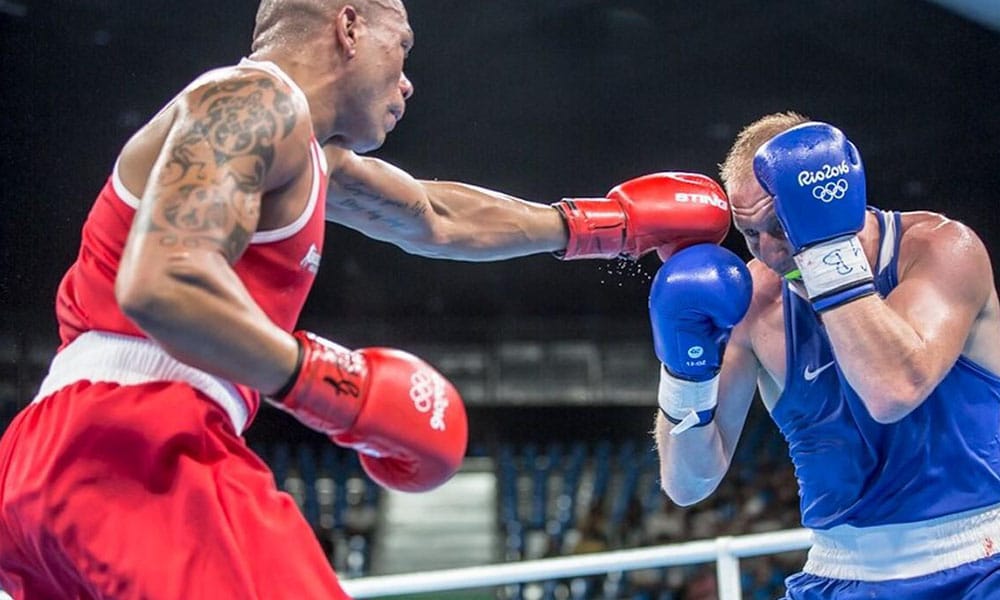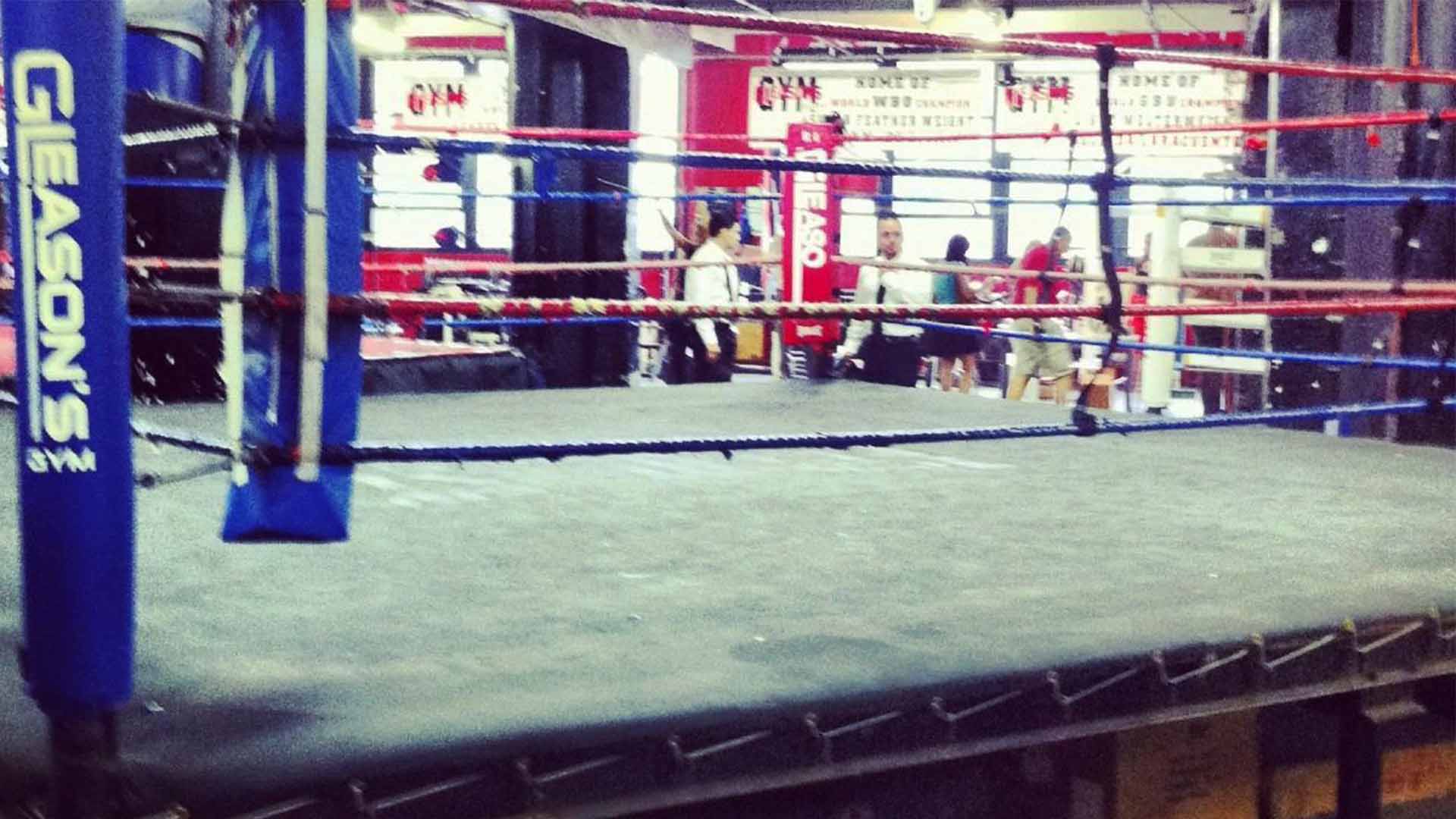Boxing is one of the most brutal and unforgiving sports on the planet. Thousands of children visit their local amateur boxing club each year, dreaming of becoming the next Floyd Mayweather, Terence Crawford, or Tyson Fury. Still, only a tiny percentage makes it that far. It’s a sport for dreamers, allowing boys and girls of all races, religions, and backgrounds to reach for the stars. They want that WBC belt around their waist and a passport to a better life packed with fame and fortune.
Young amateur fighters compete in three-round contests around their state and further afield when the national championships come around. The three-minute rounds amateur format is fast-paced, with bursts of energy followed by one-minute breaks. When training, fighters work on explosive speed using sprints and bag work. Only the best and most decorated amateurs have a chance to sign professional terms with a manager and target the big bucks.
Amateur boxing is unpaid outside top internationalists and Olympians, backed by lottery and government funding. But professional boxing is a very different game. That’s where fighters become famous. Lovers of martial arts can relate it to the journey of an MMA fighter, growing through the amateurs to fight on the big shows and appearing on the best UFC betting sites.
A Different Game
Any experienced coach or fighter who fought amateur and professional knows the two are as different as American Football and rugby. The prize-fighting game removes the head guard and vest, keeping the same three-minute round format but more of them. Professional bouts start at four rounds for newbies and progress to six, eight, ten, and twelve-round contests. All title fights are ten or twelve rounds, depending on the belt’s stature, but world title bouts are always over a dozen rounds.
With more rounds to contest than the amateurs, professional fighters must adapt their training regimes. They are eager to keep the speed, aggression, and agility of amateur boxing but add more cardio, strength, conditioning, and tactics to guide them through the later rounds. Amateur boxing is about speed and skill, while professional boxing relies on fitness, strength of character, and conditioning.
Would you like to be as fit, strong, and durable as a professional boxer? Is it time to take your summer body goals up a notch and begin training like a prize fighter? If that’s the next mountain you wish to climb on your arduous fitness journey, we’ve got you covered. Keep reading as we talk you through a typical week in a professional boxer’s training camp.

Monday
Start the week as you mean to go on by hitting the gym for a Monday morning boxing session. The typical session in a boxing gym involves:
- A detailed warm-up.
- Four or more rounds of shadow boxing with hand weights.
- Six or more rounds punching the mitts, working on combinations.
- A few rounds on the heavy bags, working on punch power.
- Three-minute, full-body workout circuits, changing exercises every 30 seconds.
- Work on abs, including sit-ups and other exercises.
- A few rounds of skipping.
- Stretch and done
As you can see from the above workout, a typical boxing session will cover many aspects of boxing. You’ll warm up with light shadow boxing, improving your skills and timing before joining your coach punching the mitts. The heavy bag is where you focus more on slugging it out, gaining fitness, burning calories, and building power.
The circuits and ab-work are challenging but will build solid, athletic muscles that respond quickly and keep working under intense pressure.
After the training session, the team will go for lunch and return home, resting ahead of the day’s second session. That will be a long, slow, fat-burning run lasting 45 minutes or more on Monday.
Tuesday
Another early start to the day at the gym, but with a focus on sparring. Coaches will bring in different sparring partners to help you improve. You’ll work as closely to a live environment as possible, but wearing 16oz gloves as opposed to the 8oz worn in fights. Protective head guards also work to avoid cuts and damage to the face, such as a broken nose.
Later that day, it’s time for another long run on the road or a treadmill. Getting the miles in is excellent for your body and mind, losing weight while thinking through tactics and exposing your opponent’s weaknesses. You’ll make some grand plans when running.
Wednesday
A similar session in the gym to Monday, working on fitness, strength, and movement. Skipping is an essential tool when boxing as it’s to improve your footwork, builds stamina, and either helps you warm up ahead of a session or cool down at the end, encouraging your body to shake a few extra pounds before checking and recording your weight.
After a few hours of rest, a fighter will work on their first sprint session of the week. Sprinting will look different in some camps to others. But the basic idea of sprinting is to get you working hard for the duration of the round. On a treadmill, you might do three-minute sprints with a one-minute break and repeat that as many times as needed.
If your fight is eight rounds, you’d often do between six and eight rounds of sprints on a treadmill or at the track. Record your times.
Thursday
Back in the boxing gym, Thursday will be like Tuesday, with sparring booked. You may spar against teammates in your gym, travel to other gyms to spar with different opponents or invite them to your gym for a session. You’re back on the road in the evening for a 45-minute run.
Friday
Friday will be full circle, and your session will be similar to Monday, with bag work, hitting the focus pads, working on tactics, and building strength. Take yourself for another long run on Friday evening.
Saturday
Day off. Use it wisely, allowing your body time to rest and recover.
Sunday
An early afternoon sprints session, taking on hills and a more challenging course than you did on Tuesday. Use your Sunday sprints over 100m or 50m distances, working on exploding and returning to rest.















